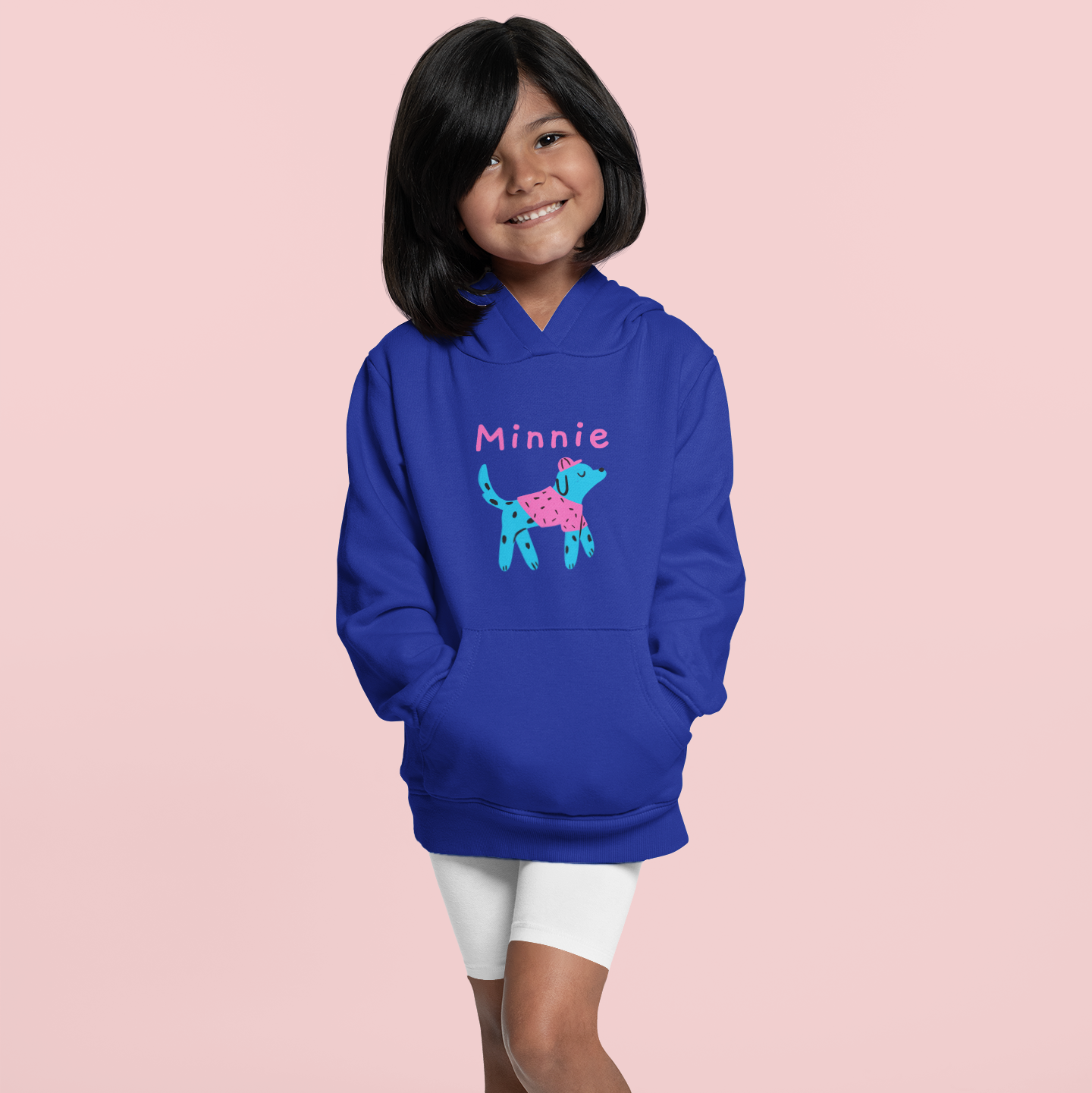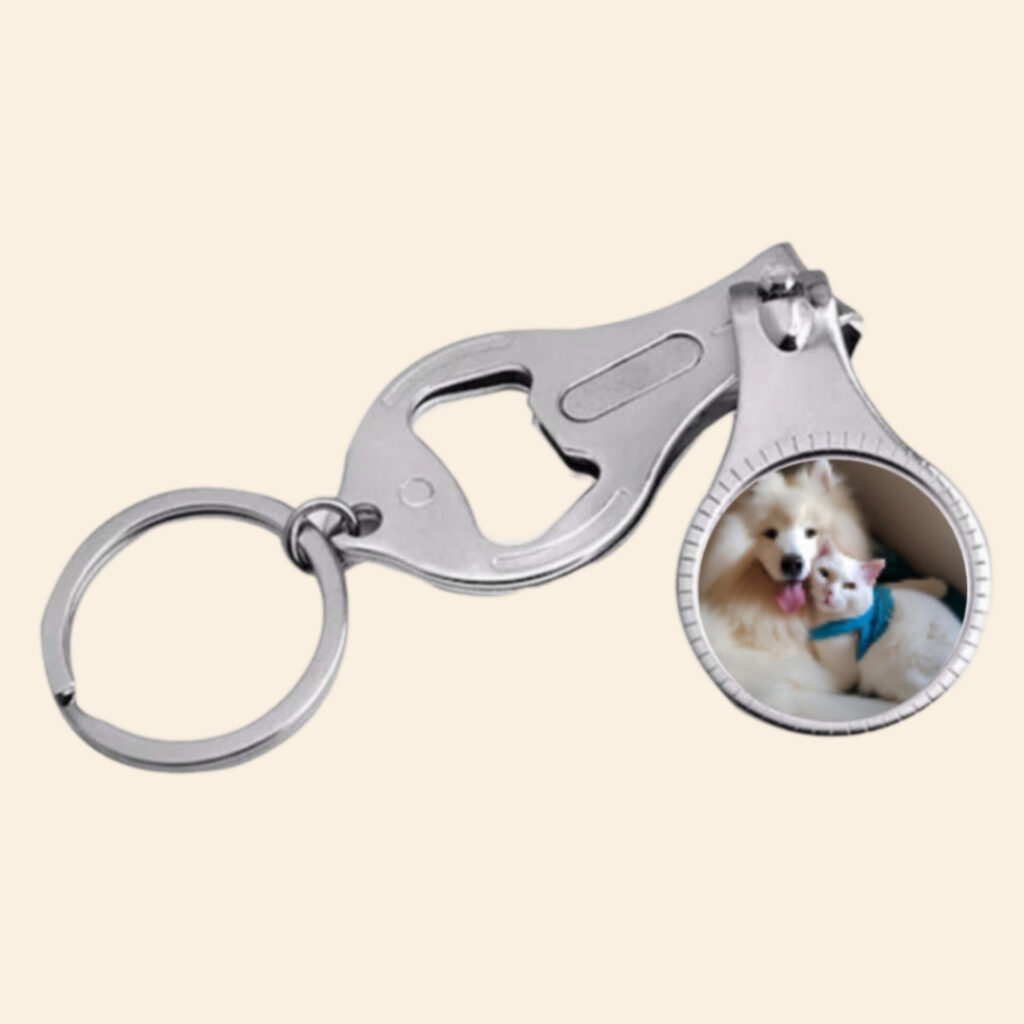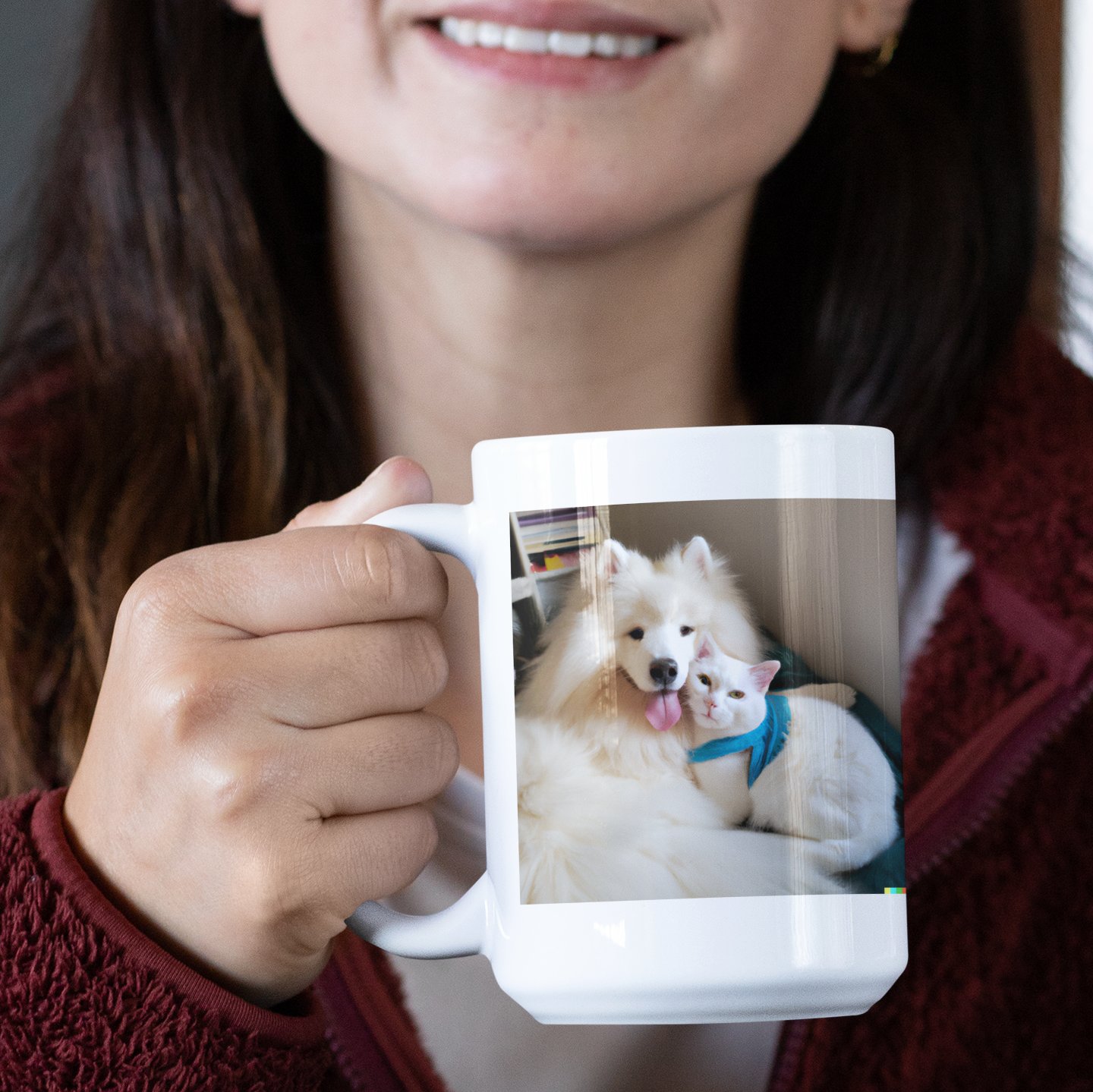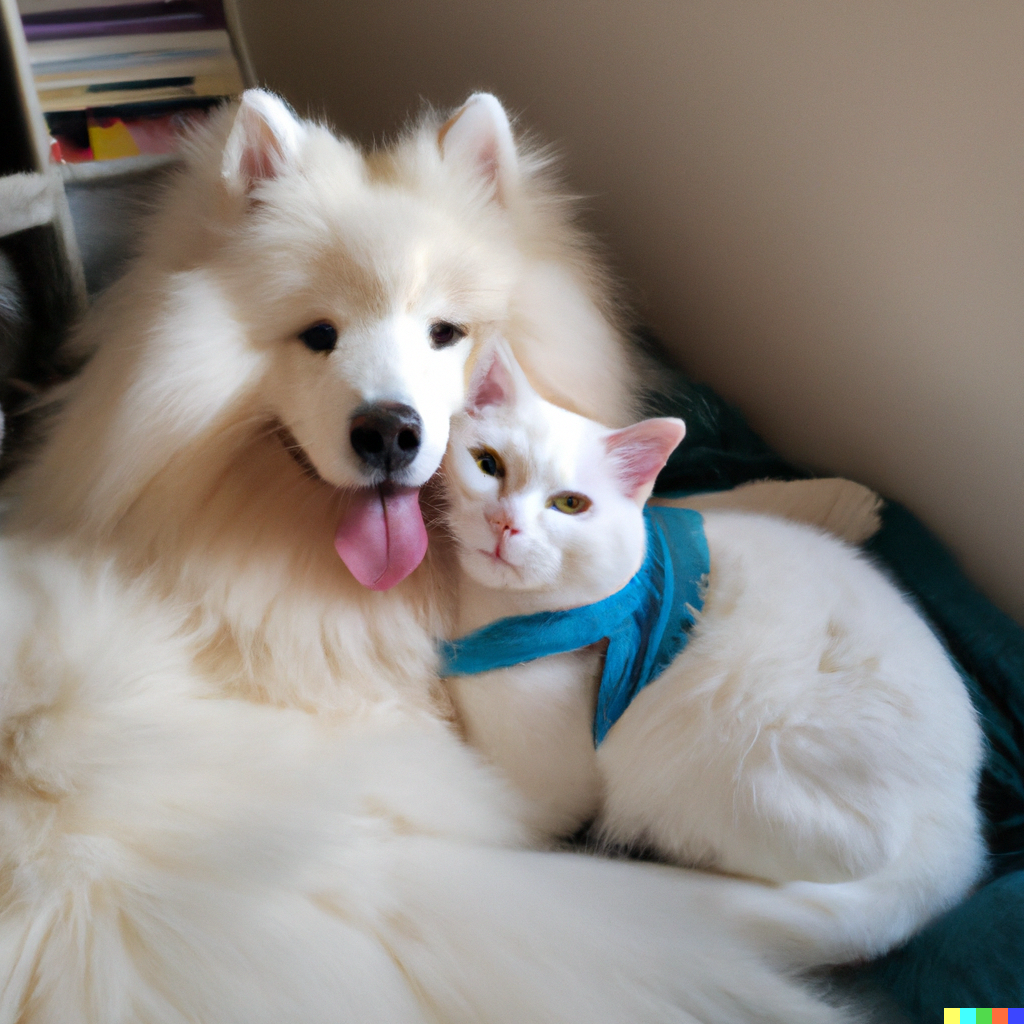Introduction
Dogs and cats are two of the most popular domestic pets in the world. They have distinct characteristics and personalities, and their relationship can vary depending on individual animals and their environment.
Historical Relationship
Historically, dogs and cats have had a somewhat adversarial relationship, with cats being seen as independent creatures and dogs as pack animals. However, this relationship has evolved over time, and it is now common to see dogs and cats living together in the same household as pets.

Behavioural Differences
Dogs are more social and outgoing animals, while cats are more independent and solitary. This can affect how they interact with each other and with their owners. Cats are generally more independent and aloof, while dogs are more social and crave companionship. This can lead to conflicts if the animals are not properly introduced or trained.

Training and socialization
Proper training and socialization can help dogs and cats learn to live together peacefully. This includes teaching dogs to respect cats and not chase or hurt them, and teaching cats not to be afraid of dogs. It is also important to supervise interactions between the two animals, especially at the beginning, to ensure that they are safe.

Coexistence
With proper training and socialization, dogs and cats can coexist happily in the same household. They can even form strong bonds and become friends. This is especially true when they are raised together from a young age. However, it is important to note that not all cats and dogs will get along, and in some cases, it may be best to keep them separate.

Conclusion
While dogs and cats have different personalities and behaviors, with proper training and socialization, they can learn to live together peacefully and even form strong bonds. It is important to understand the unique characteristics and needs of each animal to ensure that they can coexist happily.






